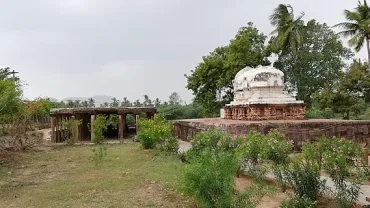- Blog
- 22 Sep 2021
Sri Parasurameswara Temple – Attirala
About Sri Parasurameswara Temple Attirala Sri Parasurameswara Temple has thousand years of history, Sri Parasurameswara Temple, the sixth incarnation of Lord Vishnu in the Satya Yuga, did not cling to his ax hand with the sin inherited from the bloodshed that took place on the planet twenty-one times. At the behest of Maheshwar, they came […]
